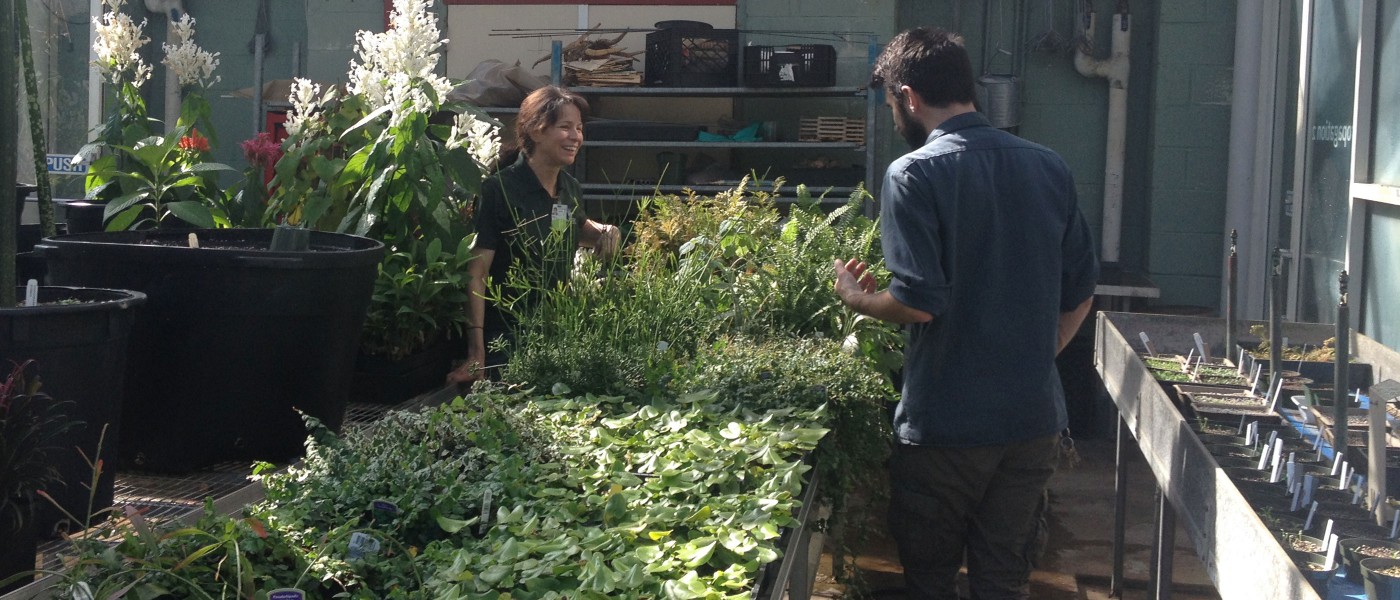BBG Gives Hort Help to the Lowline
What kinds of plants can you grow in an underground park? That’s a question no one’s really needed to answer until recently. But when Daniel Barasch and James Ramsey came up with the idea of converting an abandoned underground trolley terminal into the Lowline, the world’s first underground park, finding viable and interesting plants was a key concern.
So they came to Brooklyn Botanic Garden for advice. “We’re really eager to support the idea of another public garden in the city, especially in Manhattan, where there's currently no botanic garden. And this idea is so innovative,” says BBG's vice president of Horticulture, Melanie Sifton, who, along with president Scot Medbury and other Garden staff, has been assisting the Lowline’s organizers with their plan.
Warm Temperate Pavilion curator Karla Chandler and plant propagator Patrick Austin have been growing a selection of plants for the Lowline, including two epiphytic cactus species, several different ferns, and evergreen vines.
“We needed to choose plants that could do well in low light with moderate watering, but at the same time, we wanted to go beyond the typical houseplants and do something a little bit unusual,” says Chandler.
The first collection of specimens has been installed in the Lowline Lab, a temporary space where the organizers are testing out plants in conditions similar to those of the proposed park. The space contains a small sample landscape designed by Signe Nielsen of Mathews Nielsen and built by John Mini Distinctive Landscapes.
The Lowline Lab is also testing a prototype light-harvesting system similar to the one proposed for the permanent site underground. So far, all of the plantings—BBG’s as well those provided by other collaborators—are doing even better than expected, in part because the light-harvesting technology is performing so well.
“We’re able to capture more sunlight than we thought, and everything is thriving with the exception of moss, which actually doesn’t like a lot of light,” says Robyn Shapiro, deputy director of the Lowline. The team is now expanding the plan to include a bigger selection of edible plants, including herbs, strawberries, and even pineapple. Currently, organizers are in talks with the city and are hoping to open the Lowline in about five years.
Shapiro says that education is an important part of the Lowline’s mission, and to this end, BBG created labels for the plants installed in the project. The Lowline Lab is currently working with public school students and hosting talks and programs for the public. Future plans include expanding on these initiatives. “Our goal is to provide a unique green space for people to enjoy, but we’re also really committed to making this a place to learn. This is another way in which we are looking at BBG as a model,” says Shapiro.


